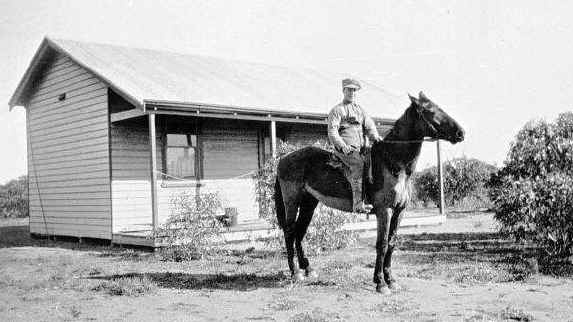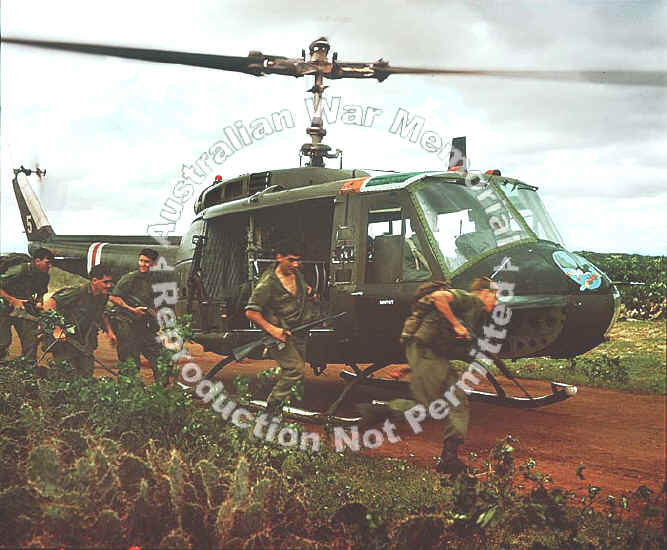 |
|
|||
|
|
||||
|
Between the Wars for ex Diggers |
Between the Wars for the Army wording from the ARMY History site The years between the wars were difficult for the Australian Army. The public’s reactions to the immense cost of the War were exhaustion, apathy and stagnation, compounded by national economic problems. The AIF was disbanded after the War but, in 1921, the Citizen Forces were reorganised on the same lines, adopting AIF unit titles, colour patches and, in due course, inheriting AIF battle honours. A structure of two cavalry and four infantry divisions, troops for local defence equating to a fifth division, with supporting corps and army troops was planned. However, in 1922, a reduction of the peacetime establishment to 37,000 meant that this goal was never achieved. Compulsory training was reduced to cover the populous areas only and, in 1922, annual training camps were cancelled due to lack of funds. Strategic concerns regarding Japanese imperialist intentions were muted during the war years but resurfaced in the 1920s, despite the limitations placed on Japan by the 1921-22 Washington Naval Conference. These concerns contributed to Australia’s support for the establishment of a British naval base at Singapore. Australia’s own coastal defences remained little touched since Kitchener’s recommendations of 1910 and various later attempts to improve them had failed. In fact, little real improvement was achieved until the period 1934-37. In the decade prior to 1929, opposition to compulsory training scheme began to grow and the Labour Party, elected on a policy which included the abolition of universal training, terminated the scheme in November 1929. Henceforth, Australia was to have an all-volunteer, primarily part-time 35,000 strong Army. The part-time element was renamed the militia. The Army's strength in fact fell within twelve months to 27,000. In 1931, even though Japan invaded Manchuria and international tension increased, unit strengths decreased even further. In 1932, the newly-elected Government, due to severely restricted financial resources, initiated few defence improvements. While the defences of Darwin were strengthened, there was only very limited upgrading of the Army overall. Most equipment was surplus AIF stock and generally no modern equipment reached the hands of the militia until the outbreak of the Second World War II. Not until 1935 was any emphasis placed on defence improvement, when an increase in militia strength was authorised. In March 1933, Japan withdrew from the League of Nations because of its disapproval of her attack on China. In October of that year, Germany also withdrew. By 1937 Italy had annexed Abyssinia and Hitler had repudiated the Versailles Treaty. The Rome-Berlin Axis had been established and civil war had broken out in Spain. Japan used the volatile situation in Europe to defy world opinion and continue her undeclared war on China. While the strategic situation in Europe continued to decline, the improving economic situation in Australia allowed the continuation of a three-year programme of expenditure on defence instituted in 1937. With this, a recruiting campaign opened in 1938 had, by mid-1939, increased the militia strength from 35,000 to 80,000. In June 1938, Lieutenant General E.K. Squires, a British officer, was appointed Inspector General of the Australian Military Forces. He recommended, in a report, that a small regular army of 7,500 organised as two brigades be formed, to bolster the militia in the event of war and to assist in its peacetime training. Early in 1939, the Government agreed in principle to this proposal, however following the death of Prime Minister Lyons in April, Mr R.G. Menzies, the new leader, cancelled this agreement. Menzies hoped that war might be avoided and was opposed to the permanent nature of the proposed new force. The size of the Permanent Army was increased by subterfuge through the raising of the Darwin Mobile Force (DMF). Due to the restrictions of the Defence, only artillery could be enlisted even though a significant portion of the 257 strong Force was trained to fight as infantry.
|



